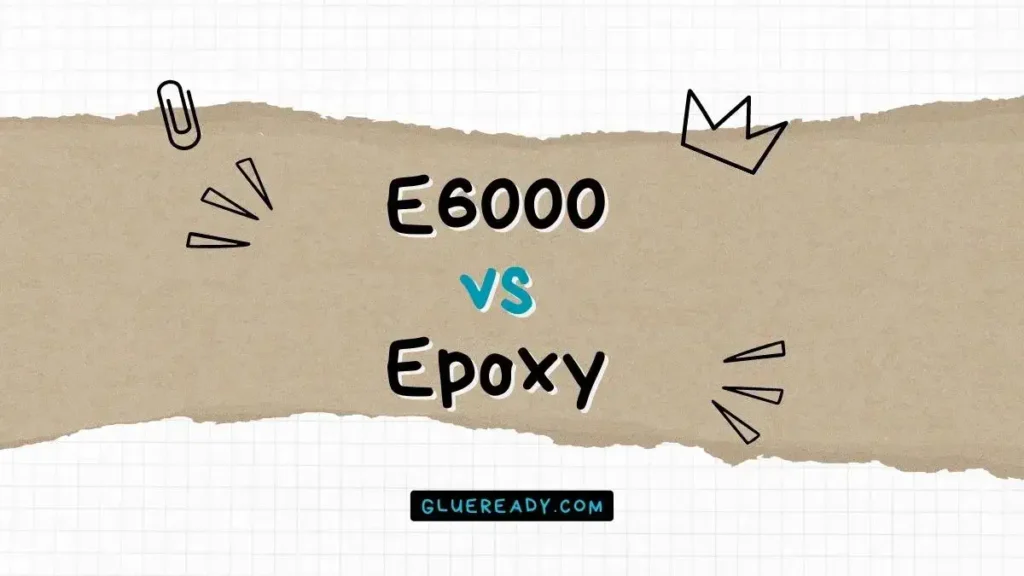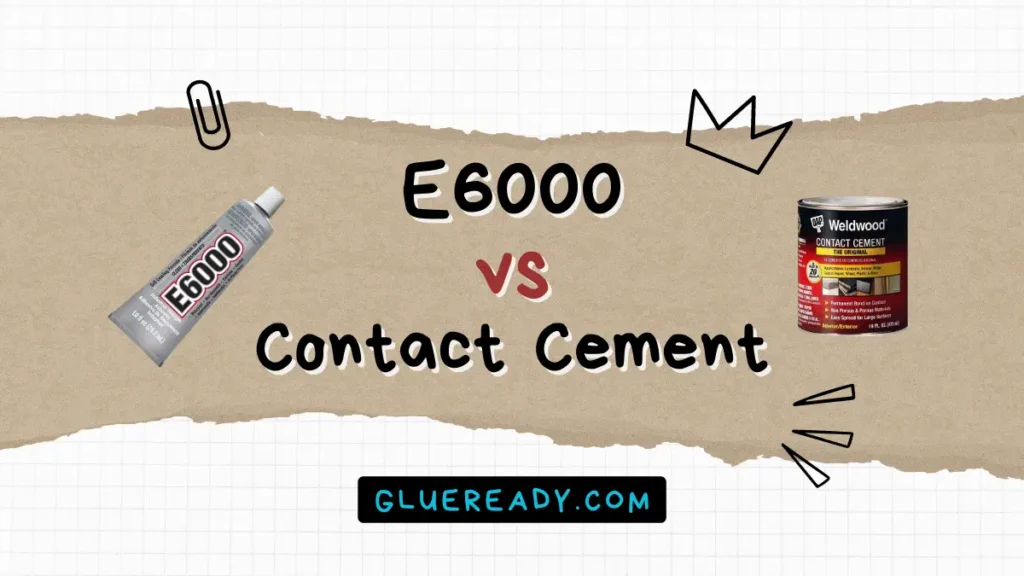Shoe Goo vs Goop | Extensive Analysis

If you have ever had a pair of shoes that needed some repair, you might have wondered which adhesive to use.
There are many options available in the market, but two of the most popular ones are Shoe Goo and Goop.
Shoe Goo has more rubber particles in its formula, which makes it more suitable for repairing shoes that need more movement and flexibility.
Goop has less rubber particles and more resin in its formula, which makes it more suitable for repairing shoes that need more stability and support.
Here, I will compare Shoe Goo vs Goop Glue and help you decide which one to use.
Read More: Shoe Goo Review
What is Shoe Goo?
Shoe Goo is a special adhesive made specifically to repair and fix shoes. It can also be used as a sealant to fill small gaps or holes in your shoes.
Shoe goo is a type of rubber cement that has the ability to bond surfaces permanently once it has been cured.
A variety of shoe materials can be used with Shoe Goo, including leather, rubber, vinyl, and canvas.
Upon curing, Shoe Goo becomes waterproof and abrasion-resistant, making it ideal for shoes exposed to varying weather conditions.
It is possible to repair casual sports shoes using Shoe Goo, as the glue is flexible once it has cured.

What is Goop Glue?
As well as being a contact adhesive, Goop Glue also functions as a sealant. Once cured, this silicone-based adhesive remains flexible rather than drying hard.
There are many types of materials that Goop Glue works with, including glass, stone, metal, ceramic, porcelain, etc.
You can use it on rubber, leather, vinyl, or plastic shoes. You can also seal small gaps or holes in your shoes with it. You can use Goop Glue in wet or rainy shoes, as it is waterproof once cured.
Also, Goop is UV-resistant, so you can wear your repaired shoes outdoors without worrying about them getting damaged.
Read More: Goop Glue vs E6000
Goop can be used in a variety of conditions due to its chemical and abrasion resistance. With Goop, your shoes can be customized without worry because it dries clear once applied.
Goop is flammable, so you’ve got to take precautions when working with it.

Shoe Goo vs Goop Glue Comparison Table
| Feature | Shoe Goo | Goop Glue |
| Formula | Rubber cement-based | Silicone-based |
| Color | Clear | Clear |
| Bond Strength (Tensile Strength) | 3500 lb/in^2 | 3800 lb/in^2 |
| Dry Time | 24 hours | 24 hours |
| Versatility | Low | High |
| Flexibility | High | Medium |
| UV Resistant | No | Yes |
| Ideal for | Rubber, leather, vinyl, canvas | Silicone, stone, ceramic, porcelain, glass, metal, leather, rubber, vinyl-plastic |
Shoe Goo vs Goop Glue: Differences
While both Shoe Goo and Goop are adhesives that work well with various materials, they have some differences that might affect your choice depending on your shoe repair needs.
Flexibility
Both Shoe Goo and Goop are flexible once cured, but Shoe Goo has more rubber particles, which makes it more flexible than Goop.
This might be an advantage if you need to repair shoes that require more elasticity or movement.
Formula
Shoe Goo is a rubber cement-based adhesive, while Goop is a silicone-based adhesive.
This means that Shoe Goo might be more compatible with rubber materials than Goop, while Goop might be more compatible with silicone materials than Shoe Goo.
Variety
There are different types of Goop Glue made for different projects, such as household, automotive, marine, plumbing, etc.
Each type of Goop has a slightly different formula to make it better suited for different jobs. Shoe Goo, on the other hand, is strictly for shoes.
Price
Both Shoe Goo and Goop are affordable adhesives that cost around $5-$10 per tube. However, the price might vary depending on the size and type of the product.
Read More: Loctite Shoe Glue vs Shoe Goo
Which One is Better for Your Shoes? Shoe Goo or Goop Glue?
The answer to this question depends on your personal preference and the type of shoe you want to repair.
However, here are some general guidelines on when to use Shoe Goo or Goop:
Use Shoe Goo if you want a more flexible and elastic bond that can withstand bending and stretching. Shoe Goo is ideal for repairing shoes that need more movement and flexibility, such as running shoes or sneakers.

Use Goop if you want a stronger and more permanent bond that can withstand pressure and weight. Goop is ideal for repairing shoes that need more stability and support, such as boots or heels.
Use Shoe Goo if you want to repair shoes that are made of vinyl, rubber ,canvas, or leather. These materials are compatible with Shoe Goo’s formula and will not react negatively with it.
Use Goop if you want to repair shoes that are made of rubber, leather, vinyl, or plastic. These materials are compatible with Goop’s formula and will not react negatively with it.
Do not use either product if you want to repair shoes that are made of fabric or suede. These materials are not compatible with either product’s formula and may get damaged by them.
Frequently Asked Questions (FAQs)
Is Goop the Same as Shoe Goo?
No, Goop and Shoe Goo are not the same. Both are adhesives made by Eclectic Products, but they have different compositions and properties.
Shoe Goo is a rubber cement adhesive designed for repairing shoes, while Goop is a silicone-based adhesive that works well with a variety of materials.
How Strong Is Goop Glue?
Goop glue is a strong adhesive that can bond to various materials. It has a tensile strength of 3800 lb/, which means it can withstand a lot of force before breaking.
Final Thoughts
Shoe Goo and Goop are both excellent adhesives that can help you repair your shoes in various ways. They have similar features, such as being waterproof, flexible, and clear.
However, they also have some differences that might make one more preferable than the other depending on your shoe repair needs.
If you need an adhesive that is more flexible and compatible with rubber materials, you might want to choose Shoe Goo.
If you need an adhesive that is more versatile and compatible with silicone materials, you might want to choose Goop.
I hope this article was helpful to you. If you have any questions or feedback about “Shoe Goo vs Goop”, please let me know.






